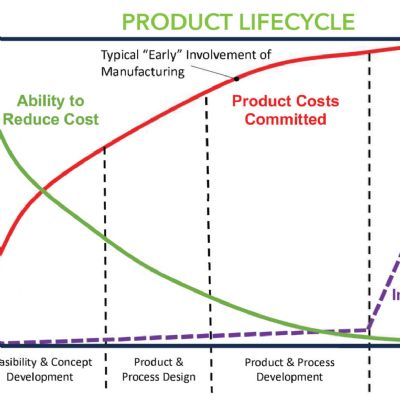The Truth About How Income Tax Works
February 1, 2009Comments
This article first appeared in this column in October 2003. I was flooded with requests for copies, the last one —would you believe—only six months ago. I did not write it but wish I had. The source is T. Davies, Professor of Accounting at the University of South Dakota School of Business, who told me he received the article from a student. So, the real author remains unknown.
Let’s put tax cuts in terms that everyone can understand. Suppose that every day, 10 men go out for dinner. The bill for all 10 comes to $100. If they paid their bill the we pay our taxes, it would go something like this:
The first four men—the poorest—would pay nothing; the fifth would pay $1, the sixth $3, the seventh $7, the eighth $12, the ninth $18 and the tenth man—the richest—would pay $59. That’s what they decided to do. The 10 men ate dinner in the restaurant every day and seemed quite happy with the arrangement, until one day the owner threw them a curve—in tax language, a tax cut.
“Since you are all such good customers,” he said, “I’m going to reduce the cost of your daily meal by $20.” So now dinner for the 10 only cost $80.
The group still wanted to pay their bill the we pay our taxes. So the first four men were unaffected. They would still eat for free. But what about the other six—the paying customers? How could they divvy up the $20 windfall so that everyone would get his ‘fair share?’ The six men realized that $20 divided by six is $3.33. But if they subtracted that from everybody’s share, then the fifth man and the sixth man would end up being paid to eat their meals.
So the restaurant owner suggested that it would be fair to reduce each man’s bill by roughly the same amount, and he proceeded to work out the amounts each should pay. And so the fifth man now paid nothing, the sixth pitched in $2, the seventh paid $5, the eight paid $9, the ninth paid $12, leaving the tenth man with a bill of $52 instead of his earlier $59. Each of the six was better off than before. And the first four continued to eat for free.
But once outside the restaurant, the men began to compare their savings. “I only got a dollar out of the $20!” declared the sixth man, pointing to the tenth. “But he got $7!”
“Yeah, that’s right!” exclaimed the fifth man. “I only saved a dollar, too. It’s unfair that he got seven times more than me!” “That’s true!” shouted the seventh man, “Why should he get $7 back when I got only $2? The wealthy get all the breaks!” “Wait a minute,” yelled the first four men in unison. “We didn’t get anything at all. The system exploits the poor!”
The nine men surrounded the tenth and beat him up. The next night he didn’t show up for dinner—or, in our tax example, he took his business out of the country—so the nine sat down and ate without him. But when it came time to pay the bill, they discovered, a little late, what was very important. They were $52 short of paying the bill! Imagine that!
And that, boys and girls, journalists and college instructors, is how the tax system works. The people who pay the highest taxes get the most benefit from a tax reduction. Tax them too much, attack them for being wealthy, and they just may not show up at the table anymore. Where would that leave the rest? Unfortunately most taxing authorities anywhere cannot seem to grasp this ather straightforward logic. MF
Technologies: Management
Comments
Must be logged in to post a comment. Sign in or Create an Account
There are no comments posted. Management
ManagementDOL Announces Nearly $200 Million Allotted for Registered Ap...
Friday, March 1, 2024
Laurie Harbour, President, Harbour Results, Inc., E707
Wednesday, January 24, 2024
 Podcast
Podcast Management
ManagementMetalForming LIVE 2024: Recruit, Retain, Train
Monday, January 22, 2024
 Webinar
Webinar  Management
ManagementDesign for Manufacturing
Peter Ulintz Friday, October 27, 2023





